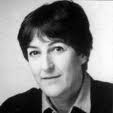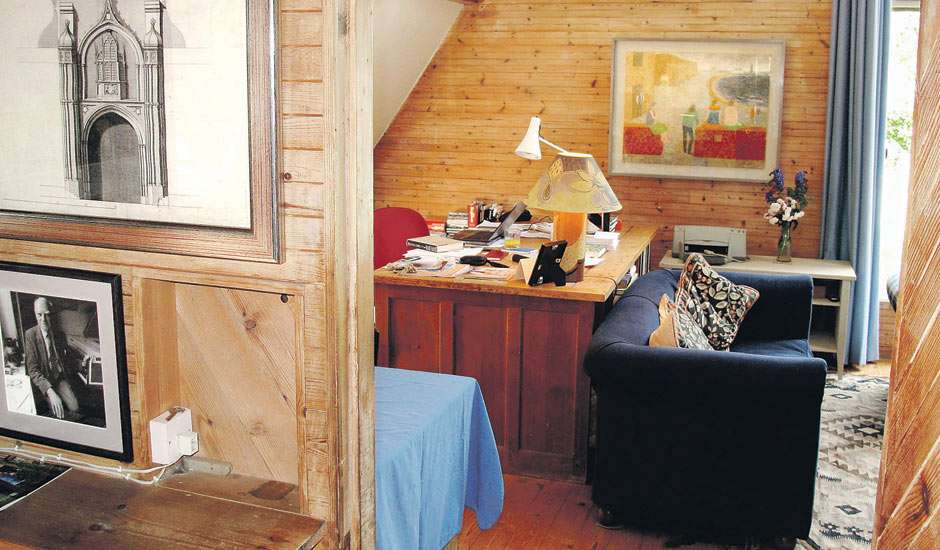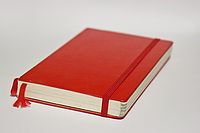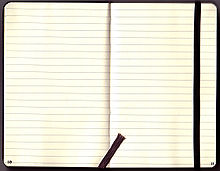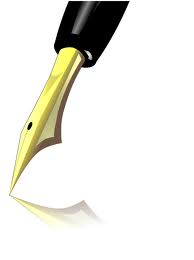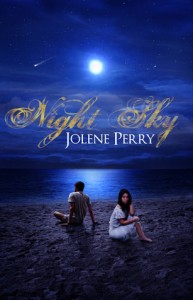Present word count of WIP: 59,985
Location, location, location. What’s true in real estate is also true in writing. While the best of us may be able to hunker down and churn out words at any time in any setting, most of us (me included) need our “cave”–somewhere to hibernate and create.
I love looking at the broad range of writers rooms and offices, and found an excellent series on several current, well-known (in British literary circles, anyway) English authors posted in The Guardian three years ago. I’ll probably be referring to several on my “O” Mondays.
One, in particular, rang a bell. That of the British art historian and writer, Frances Spalding.
Here is the picture of her office (photographed by Eamonn McCabe) published in The Guardian on June 26, 2009:
And here is how she, herself, described it:
Apart from its central chimney and platform base, this house is entirely made out of wood. And very sympathetic it is too. It was built for the artist Elisabeth Vellacott in 1959. She had very little money and so the architect, Peter Boston, insisted it had to be all roof. An A-frame building well suits an artist, for it permits a double-height window beneath the apex. But for a writer, it is less good, limiting opportunities for bookshelves as well as walls on which to hang pictures. I have, therefore, yet to achieve a library-room and still live with books and papers squeezed in wherever space allows.
But what I gained with this house was an enormous desk. It is an artist’s working bench, with slots on one side where canvases can be stored. In Vellacott’s day it was thick with oil paint and the grime of charcoal. Without my asking, the builders, while renovating the house, one day sanded the surface of the desk, to great effect. As a biographer and art historian, I often work with images and text. Recently, while coping with the last stages of my new book – John Piper, Myfanwy Piper: Lives in Art – the entire desk was covered with page proofs, making it possible to check illustrations against lists, sources and textual references.
With light coming in on all sides, the room absorbs the mood outside. Grey days here remind me of Stevie Smith and her “loamish landscapes”. Despite having written her life, only now do I understand why an empty park, in the winter rain, had, for her, a “staunch and inviolate melancholy that is refreshing”. Then, too, on sunny days, this room fills with light that quivers and slowly slides round the walls, sometimes forming diamond shapes. The novelist Rebecca Stott noticed this when viewing the house, after Vellacott’s death. She eventually pulled out as its buyer, but recreated it and the surroundings in her novel Ghostwalk. So now, having been semi-derelict, the house lives on, in wood and words.
Why did this ring a bell? I only finished reading “Ghostwalk” by Rebecca Stott some months ago, so I knew exactly what Spalding meant when she wrote that “the light slides around the walls” in her office on sunny days. Though I can’t find the bit about the light in her novel just now, here are a few other snatches showing how Stott described the writer’s house in “Ghostwalk”:
She called it The Studio, but it reminded him of the witch’s gingerbread house in the forest, its wooden-tiled roof sloping precipitously all the way to the ground…Elizabeth had commissioned the architect to give her a steep-ceilinged expanse of white studio space to write in and a little bedroom tucked away in a mezzanine floor under the roof…Her work table was different too. The oak slab on which she worked was usually invisible under piles of papers and goods and card files.
I have yet to have the writer’s room of my dreams, but I’m fond of the small alcove in our master bedroom that I’ve made into my “cave.”
A large picture window lies at my back (unfortunately the only view is our neighbor’s house and I always have to keep the blinds down to cut out the glare on my computer monitor…so we’re considering having stained glass put in once we can afford it).
On one wall hangs a copy of a hand-drawn rendition of “The Pink House” in Beirut (it took up much of our view of the Mediterranean from our apartment there) by an artist friend of the family. On the other is a David Roberts print of the Gulf of Aqaba (a wedding gift from my parents).
My large light-colored wooden wraparound desk and a wide, two-drawer filing cabinet (topped by family pictures) take up most of the rest of the space, along with a couple of cat beds. In winter, Peach uses the heated one; in summer, he curls up in the cat-o-sphere.
I’d post pictures but things are a bit messy just now. I promise to post one next time I blog about writer’s rooms…probably in 9 weeks.
So, what is your room or office like? Large or small? Cluttered or tidy? Any unique touches?
Originally posted 2012-07-02 06:00:11.

